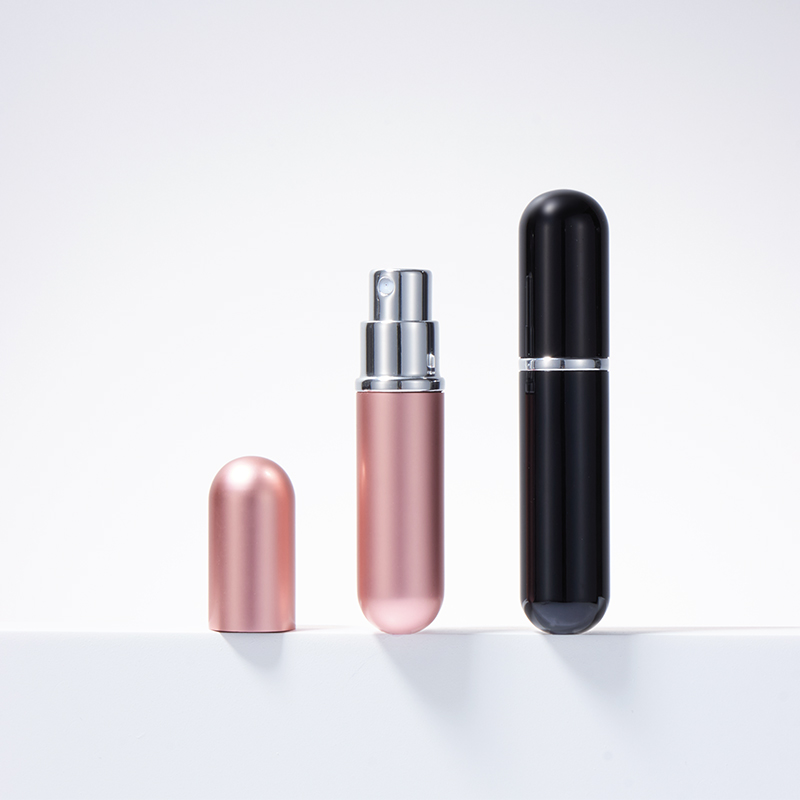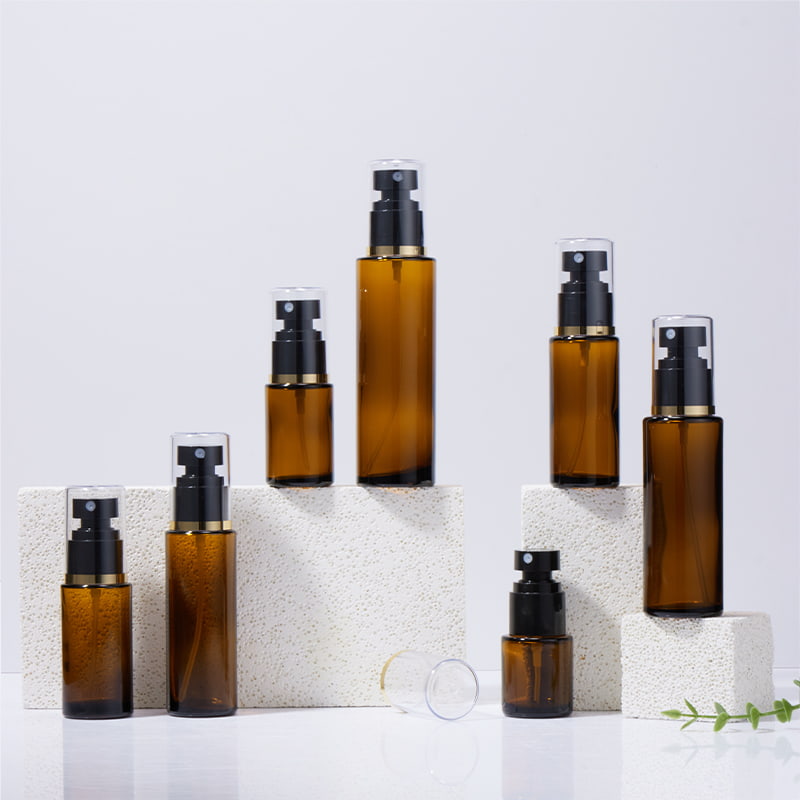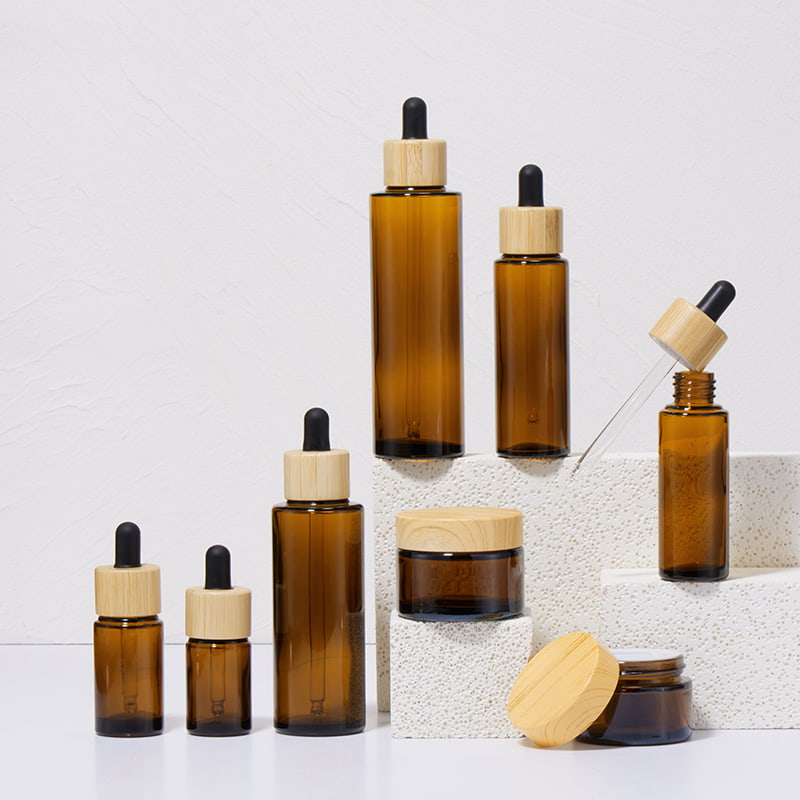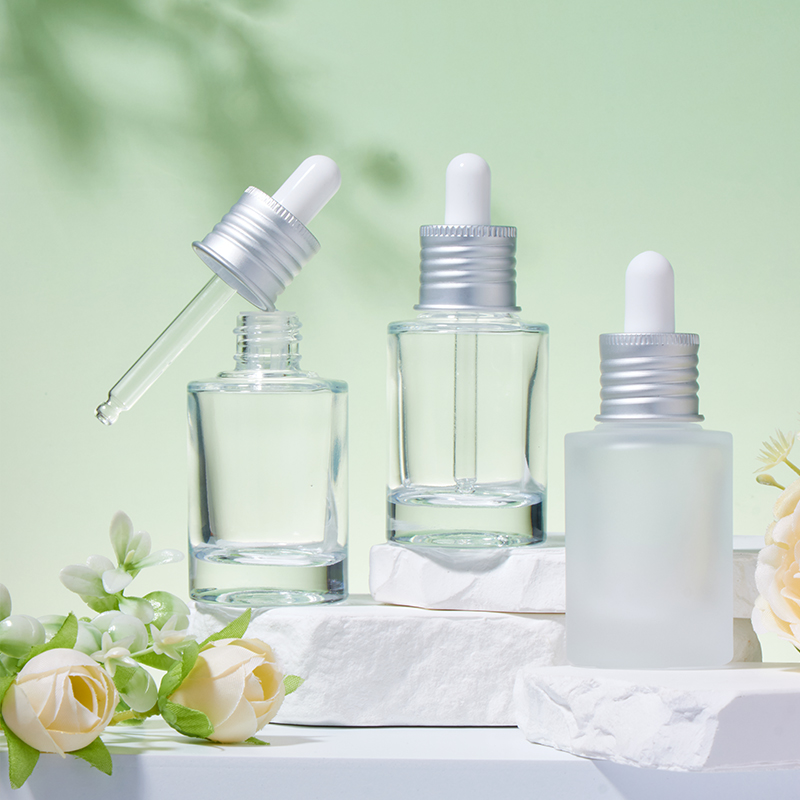Can the plastic pump head be reused?
Industry News-Whether plastic pump heads can be reused mainly depends on the following factors:
| Factor | Key Considerations for Reusability |
| Structural Integrity & Function | Requires undamaged internal components (springs, pistons, seals). Must reassemble correctly post-cleaning. Discard if leaking, sticking, or dispensing inconsistently. |
| Cleaning Feasibility | Complete removal of prior contents is mandatory. Residual product can contaminate new contents or cause clogs. Full disassembly is often needed for effective cleaning and drying. |
| Content Compatibility | Safest only for identical/similar replacements (e.g., same product refill). High risk when switching products: – Chemical incompatibility may degrade plastic/seals. – Viscosity mismatch affects dispensing performance. – Never reuse for food, medicine, or skin products if used differently. |
| Safety & Hygiene | Critical for direct-contact items (food, drugs, cosmetics): – Reuse risks chemical contamination or microbial growth. – Never repurpose pumps across these categories. Hazardous chemicals pose reaction/corrosion risks if residues mix. |
| Material Degradation | Plastic/seals naturally deteriorate with use cycles. Repeated stress causes fatigue, reducing seal effectiveness. Old pumps may fail even if visibly intact. |
Summary Recommendations:
| Scenario | Advisability | Notes |
| Reuse with identical product refill | ️ Conditionally acceptable | Only if fully intact, impeccably cleaned, dried, and reassembled. |
| Reuse with different product type | Not acceptable | High contamination/degradation risk; strongly discouraged. |
| For food/drug/cosmetic applications | Never reuse | Use new pumps exclusively; critical safety precaution. |
| If any doubt about condition/safety | Discard | Prioritize safety; replacement pumps are low-cost and low-risk. |

Our Products //
Related Product


 中文简体
中文简体 Español
Español عربى
عربى







